Social media marketing definition
While it seems that social media networks have been forever, they haven’t. It’s hard to imagine or remember a time when Pinterest or Instagram weren’t in your lives, their notifications pinging at every hour of the day.
It’s hard to remember when we read the news in actual, paper magazines instead of in the 140 characters of a Tweet. It’s difficult to go back in the past when we filmed videos with a heavy camera and then taped them in a cassette, instead of sharing them instantly on YouTube.
It seems like social media platforms have been around since the dawn of time and that we have always been “users” of content, forever the target audience of brands. Instead, social media marketing was created with MySpace, which launched in 2003, and with Facebook, which launched one year later. So, it’s only been two decades, really.
What is social media marketing?
This is an advertisement and brand awareness campaign that happens on social media networks. So it’s neither emails nor blogs. You connect your company with your customers and the potential ones with the goal of creating engagement, increasing your active users, and getting your name out. It’s a great way to increase your digital presence online, and to let the users know your website, your services, your product and your brand.
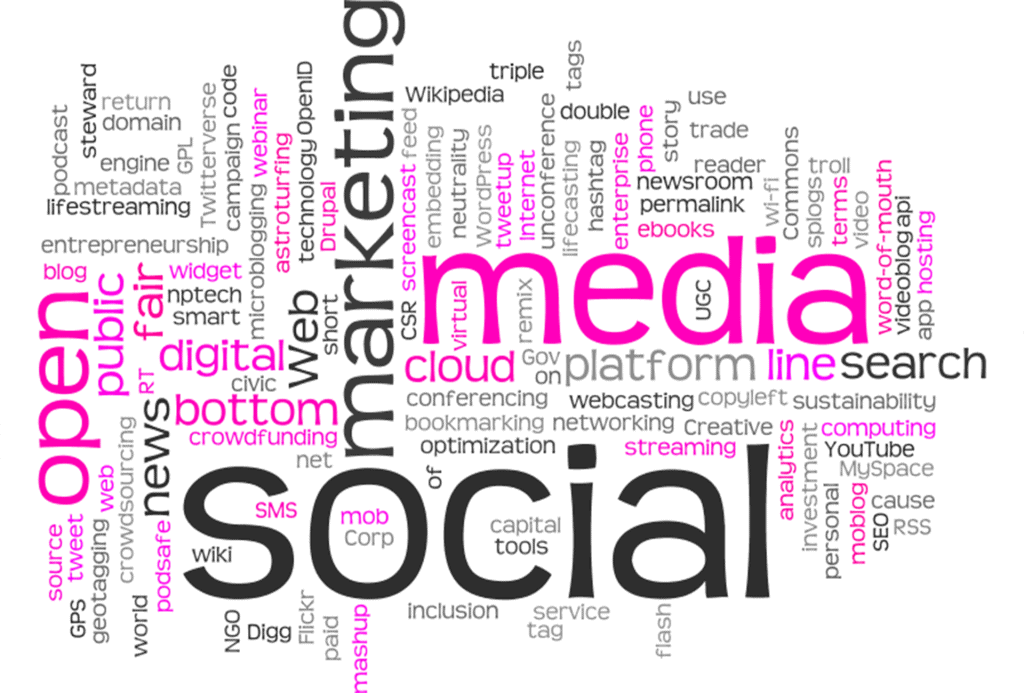
You share images and videos of your products and you create compelling online content. It’s a marketing strategy that happens on social media platforms and the best strategies are the ones that help you achieve more sales and visibility. Social medias must be considered as visibility channels by marketers, able to improve the engagement rate of your customers.
What are the most common social media platforms?
After the premise that social media brands are constantly created and they constantly disappear, these are the most popular ones, which can be used to reach the target audience of your business. Since all of these social media networks have the option of adding and creating ads, they are a powerful tool to reach customers and showcase your products.
The one that started it all, Facebook was founded by Mark Zuckerberg, Eduardo Saverin, Dustin Moskovitz, and Chris Hughes in 2004. It was born as a way to connect with friends and to find new ones by sharing posts, but it has evolved into being a useful tool for brands and companies, thanks to advertising.
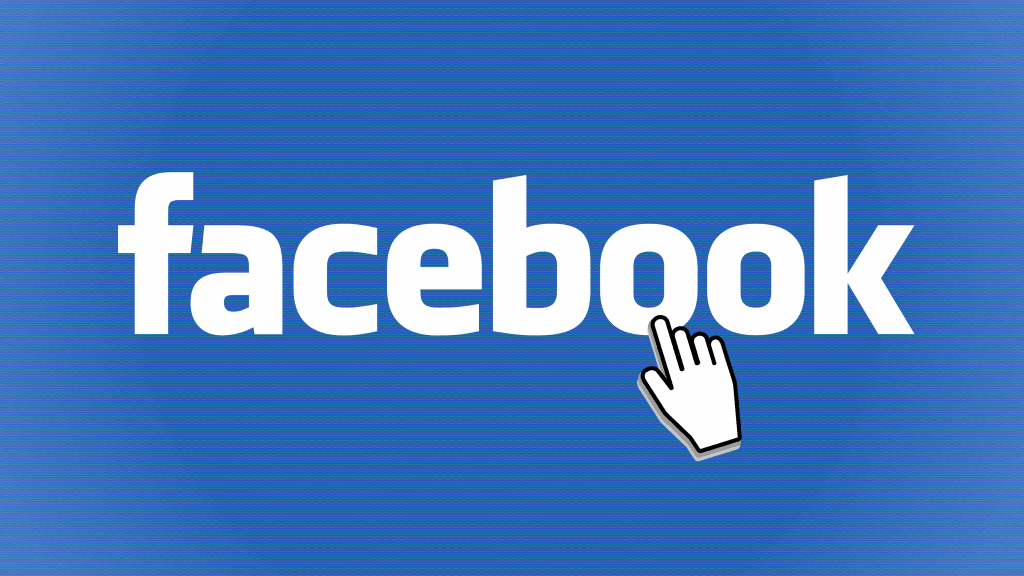
Facebook is still the most popular social media platform worldwide, with 2.65 billion mobile active users and 2.70 billion monthly active users. People between the age of 18 and 24 make up 24 percent of this social media, while the largest audience population online is from India, with 270 million users.
Instagram was created in 2010 and it is now part of the Facebook corporation. Founded by Kevin Systrom and Mike Krieger, this social media network was born to post and share pictures, until videos and Stories were added. This is another useful tool for your brand, since it allows your to share appealing images and videos of your products.

This marketing platform reaches 1 billion users every month, who are pretty evenly divided into female and male. When Instagram launched the business profile accounts, brands could finally exploit the network’s potential and nowadays, at least 200 million users visit a business account daily.
Launched in 2006 by Jack Dorsey, Noah Glass, Biz Stone, and Evan Williams, this social media network was born to share thoughts and conversations in tiny and fast snippets of 140 characters. Users can also add images and videos to create more compelling content. More and more, Twitter has become an indicator of the audience’s preferences and trends, helping you understand what products the customers want.
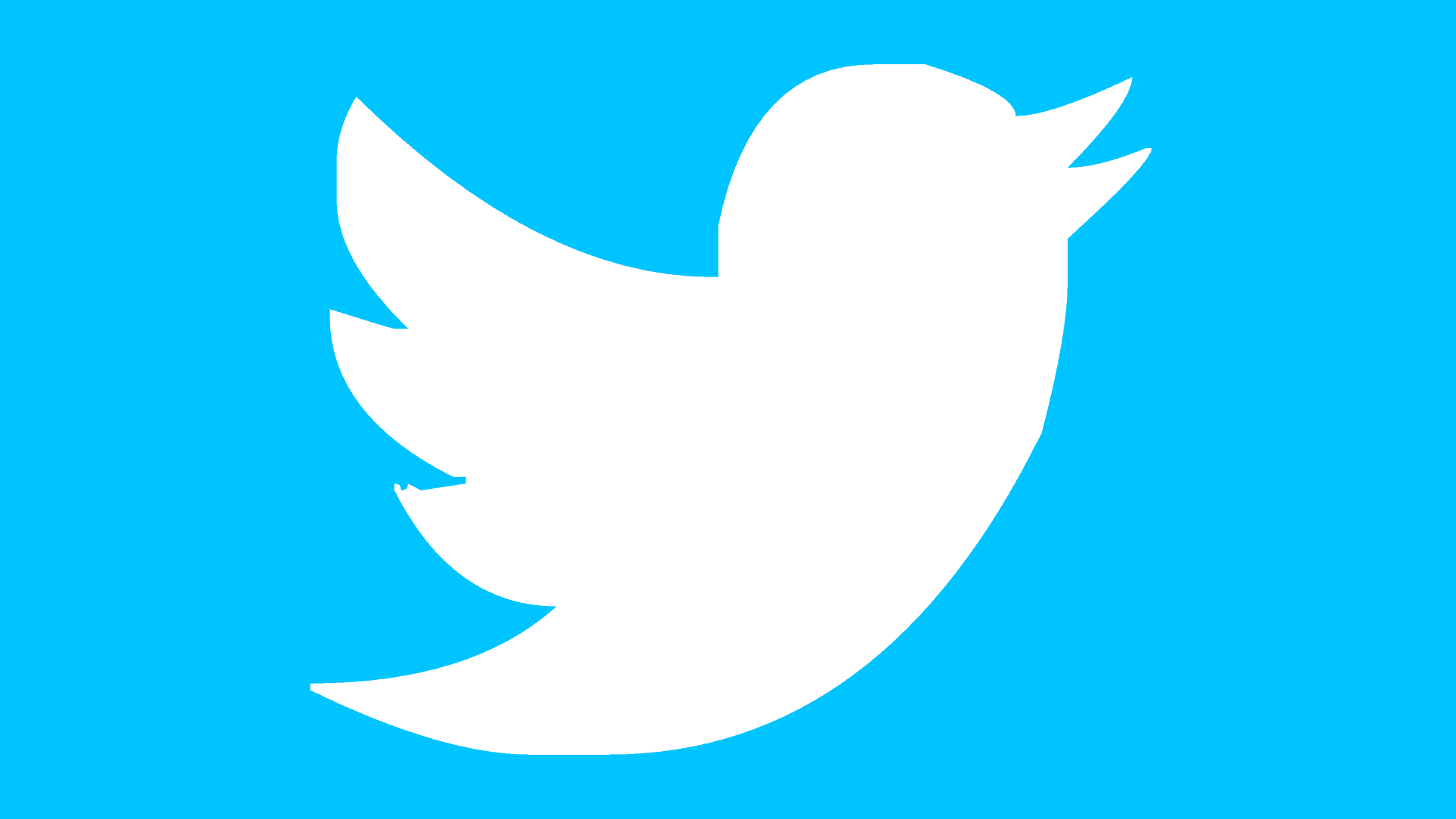
In October 2020, Twitter had 340 million active accounts worldwide with over 500 million tweets sent daily. Of these users, 42 percent use the network every day and 80 percent of them are affluent millennials.
TikTok
Launched in 2017 by the Chinese developer ByteDance, this social media network has quickly become a user’s favorite. It was born as a video-sharing platform, where people can create short videos with music in the background and add effects to them. It’s immediate, fun, and easy to manage, which explains its success. It can be useful to show the fun side of your company, while advertising your products.
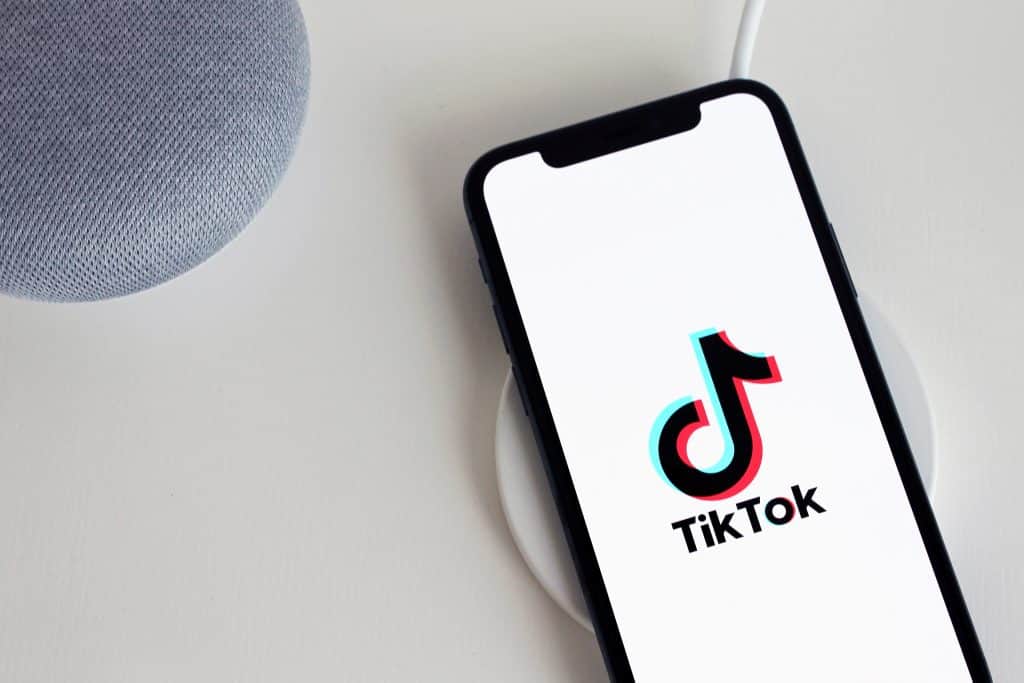
With 800 million users worldwide, TikTok has a target audience of huge potential, since it is the 6th most used app, for both Android and IOS. This social media network has been downloaded over 2 billion times and 41 percent of its users are between the ages of 16 and 24.
This image-sharing social media platform was founded in 2009 by Ben Silbermann, Paul Sciarra, and Evan Sharp. It’s a catalogue of ideas, where the audience can create themed boards ( for example “Travel to Italy”) and add relevant pins to them (for example a picture of Florence), for inspiration. On Pinterest, you can share post of your products and divide them into intuitive categories.
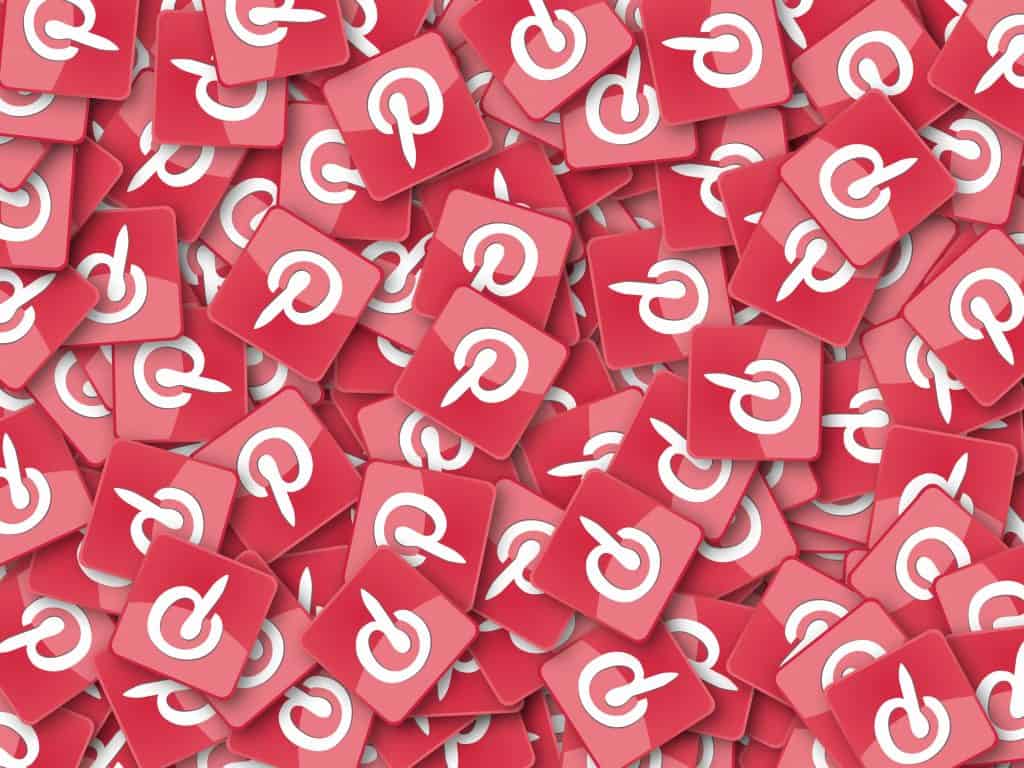
Pinterest has 322 million monthly users and one third of them uses this network to follow and look up brands. In this audience, 77 percent of users have discovered a new company through the network. Indeed, your target audience could be on Pinterest.
The vocabulary of social media marketing
While the social media networks have different goals and different potential customers, they share the same language and vocabulary. Aside from “post,” which is the content that you share on these platforms and ads, here’s a brief social media marketing vocabulary, useful to build the marketing strategy of your company and to manage it with success.
Impression
This indicator tells how many times your brand’s online content is being displayed. When you share a post or any content, how many times does it appear on relevant searches? That’s the impression.
Let’s say, for example, that you own a Japanese restaurant. You post content on Instagram with the hashtag “sushi” and a user on the opposite side of the world looks up that same hashtag, they will see your picture. The simple action of seeing your content is an impression. The user doesn’t need to click your post, just see it. Advertising is a smart tool to raise your impressions while showing your products.
Reach
Opposite of impression, this social media term indicates how many users have seen your post. These are accounts from your followers, not from customers who don’t follow you. Ideally, if your sushi Restaurant has 40 followers on TikTok and if all of them see your content, then 40 is your reach. It could be 30, if ten of those accounts don’t see your videos and images.
On the other hand, impressions come from accounts outside of your followers, from customers who might just scroll past your TikTok video.
Engagement
This indicator’s measure is based around your content and how people react to it. For example, it’s how many times your content is shared by customers on a social media network. It indicates how many times users have shared your posts with other users and on their own, private, social media accounts.
The engagement measures how many times people have liked your content and how many comments they have made. The best engagement rate implies that your content is helping your business goals.
Engagement is useful in understanding how well your social media strategy is working. The more users share, like, and comment your posts and content, the more your brand is successful and reaching customers.
Analytics
Every one of the most famous and used social media networks offer the option of seeing the “analytics” of your company’s profile -a value you can see on Instagram as well as Pinterest. The analytics are a collection of data about your customers, content, and engagement.
This information will help you know your users, giving you data about their location, their age, and their gender. The analytics also tell which ones of your business’ posts are most successful and the most shared. It’s a useful management tool to manage your posts and perhaps create a new strategy -if needed. For example, you will have data on your best-performing post on Facebook and the hashtags that brought users to your content on Instagram.

The management of Facebook Pages is helpful for business and they include the analytics, so do Pinterest and Instagram. This data will help you in creating your social media marketing strategy, pointing your business in the right direction and towards the best customer.
When creating your marketing strategy, keep in mind that all the indicators above can be improved with target advertising, to bring your products to more customers through great content.
The benefits of creating a social media marketing strategy
If you are wondering if your company need a social media management and strategy, the answer is defenitely. It will help you reach the customer who doesn’t know your brand yet and it will boost your sales. A correct and detailed management of your online strategy ensures your brand’s success.
Increased brand awareness
If you are implementing an effective management of your social strategy, then you will reach more users and more people will get to know your company. Creating the best posts will get you more shares and recognition. It’s a great way to promote your website, your product or your brand. Each social media is a marketing tool.
Increased sales
An effective social media strategy, managed by experts and with attention, can create more purchases. Thanks to the addition of advertising, you will target the right users of these platforms, such as Facebook and Instagram. Your videos, your images, and your ads will lead you to more customers interested in your product or services: new buyers to help boost sales.
It keeps you on your toes
These media companies change constantly, updating their rules, their style, and their advertising requirements. The audience changes, evolves, grows or it even drops. They keep you on your toes, because as they change, so does your company’s account.
The role of advertising
Nowadays, social media networks allow businesses to create ads and to display them online. You can choose a target audience to make sure your advertising reaches the best and right customers for your business -who can even share your promotional content. Facebook and Instagram’s ads are connected through your profiles, for an easier management.
You can create your ads with either videos or images, with titles, subtitles, and even descriptions. You can change the fonts and the colors to reflect your logo and style. Creating original posts will catch the users’ attention. The important detail is to take your time in making your advertising, being patient and efficient.
There are only two rules for social media ads: make them appealing and study your audience.
The more appealing and visually interesting it is, the more likely users will click on the link, instead of just scrolling by. The more specific you are with the target audience, the more you are sure to engage people who are interested in your product.
Advertising will help you share your content, interact with your desired customer, and translate posts into revenue.
Social media marketing is a new concept, but it has swept over the way you do business. The role of TV and newspapers has diminished, while Facebook has billion of accounts and TikTok has been an immediate hit. So, if you’re a company owner, don’t miss the opportunity to increase your website visibility through social media marketing.